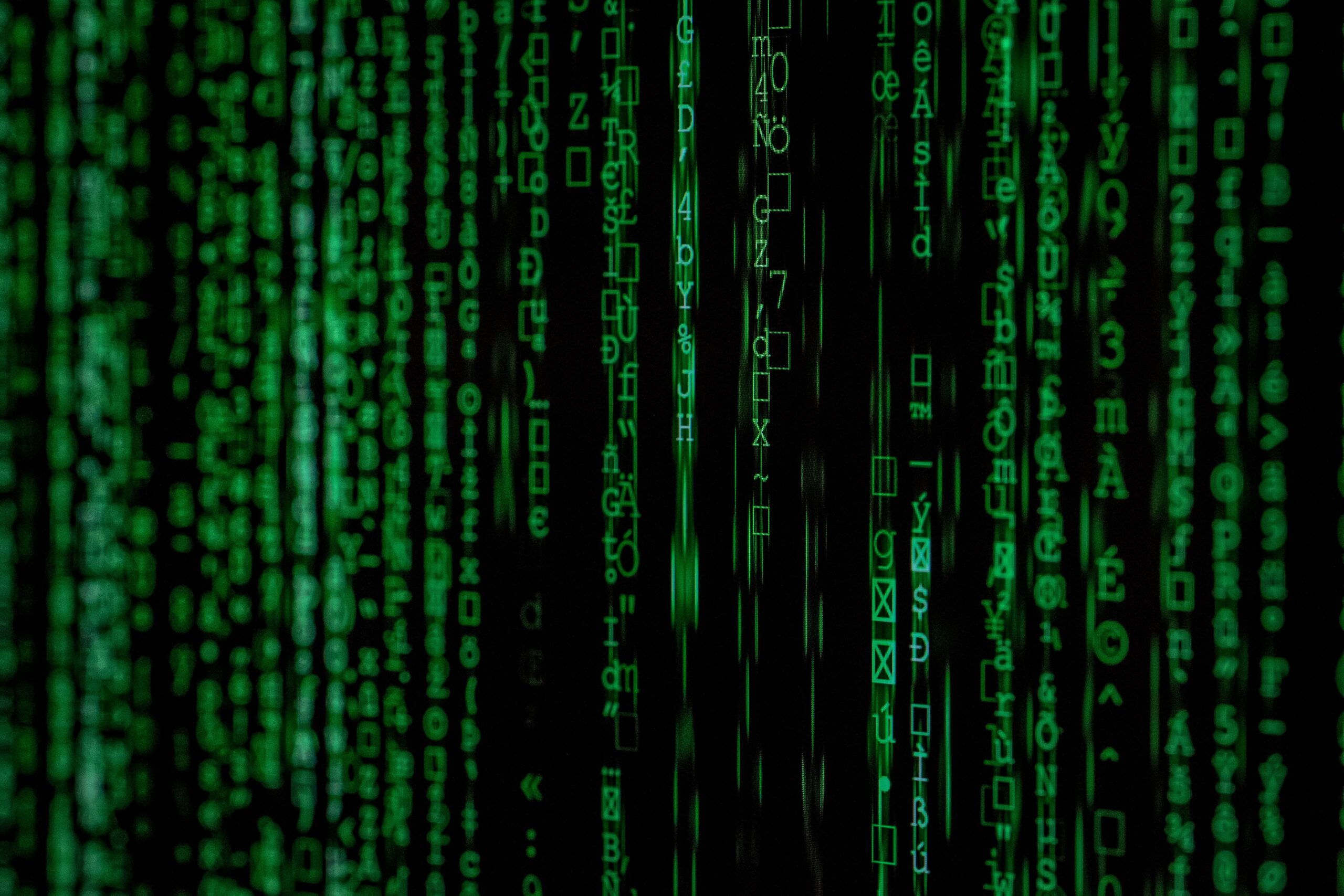One of the most notorious aspects of the dark web is its role in facilitating the trade of drugs. On dark web marketplaces, users can find a wide array of illegal substances, from marijuana and cocaine to synthetic drugs and prescription medications. These marketplaces operate similarly to legitimate e-commerce websites, complete with user ratings, reviews, and customer support. The anonymity provided by the dark web allows both buyers and sellers to operate without fear of being caught by law enforcement.
Another significant use of the dark web is for the distribution of malicious software and hacking tools. Cybercriminals can purchase or trade for various types of malware, ransomware, and exploit kits on dark web forums and marketplaces. These tools enable them to launch sophisticated cyber attacks, such as phishing campaigns, data breaches, and distributed denial-of-service (DDoS) attacks. The dark web also serves as a hub for hackers to exchange stolen data, such as login credentials and credit card information, further fueling the cybercrime ecosystem.
In addition to illegal activities, the dark web is home to a variety of other underground communities. For instance, there are forums dedicated to political activism, whistleblowing, and anonymous communication. These communities provide a platform for individuals who may face censorship or persecution in their countries to express their opinions and share sensitive information without fear of reprisal. However, it is important to note that even within these communities, illegal activities can still occur, highlighting the complex nature of the dark web.
The dark web has also become a hotbed for the trade of counterfeit goods. Users can find knockoff luxury items, counterfeit passports, fake identification documents, and even counterfeit currency. These marketplaces not only harm legitimate businesses and the economy but also pose significant risks to consumers who may unknowingly purchase counterfeit products that are of inferior quality or even dangerous.
Law enforcement agencies around the world have been working tirelessly to combat the illegal activities that take place on the dark web. They employ various techniques, such as undercover operations, data analysis, and collaboration with international partners, to identify and apprehend individuals involved in cybercrime. However, the anonymous nature of the dark web presents significant challenges, making it a cat-and-mouse game between law enforcement and cybercriminals.
Overall, the dark web is a complex and multifaceted part of the internet. While it harbors illegal activities and poses significant risks, it also provides a platform for individuals to exercise their freedom of speech and engage in activities that may be considered morally or politically controversial. As technology continues to evolve, so too will the dark web, making it an ongoing challenge for society to navigate and regulate.
The Dark Web as a Marketplace for Financial Data
One of the most lucrative activities on the dark web is the sale of stolen financial data. Cybercriminals exploit various methods to obtain this data, such as data breaches, phishing scams, and malware attacks. Once they have acquired the information, they sell it on the dark web to other criminals who can then use it for fraudulent purposes.
The types of financial data available for sale on the dark web are vast and include credit card numbers, bank account credentials, and identity documents. These pieces of information are highly valuable to criminals, as they can be used to commit identity theft, make unauthorized transactions, or even create new identities.
The dark web marketplace for financial data operates similarly to a legitimate marketplace, with sellers advertising their products and buyers making purchases. Transactions are often conducted using cryptocurrencies, such as Bitcoin, to ensure anonymity for both parties involved.
Within this underground marketplace, sellers often provide detailed descriptions of the stolen data they have for sale. They may include information about the source of the data, such as which company or organization it was stolen from, as well as the specific details available, such as the expiration date and CVV number of a credit card. This level of detail helps buyers assess the quality and usefulness of the data before making a purchase.
In addition to individual pieces of financial data, some sellers also offer bulk packages. These packages may contain a large number of credit card numbers or bank account credentials, allowing criminals to quickly and easily access a large amount of stolen information. The prices for these bulk packages can vary widely depending on the quantity and quality of the data included.
While the dark web marketplace for financial data is primarily used by criminals, there are also individuals and organizations that monitor these platforms for research purposes. These researchers aim to understand the inner workings of the dark web and identify trends and patterns in the sale and distribution of stolen financial data. By analyzing the data available on these platforms, they can gain valuable insights into the methods used by cybercriminals and develop strategies to combat these illicit activities.
However, despite the efforts of researchers and law enforcement agencies, the dark web marketplace for financial data continues to thrive. The demand for stolen financial information remains high, and as long as there are individuals willing to buy and sell this data, cybercriminals will continue to exploit the vulnerabilities of the digital world.
Methods Used by Cybercriminals to Obtain and Monetize Stolen Financial Data
Cybercriminals employ various methods to obtain and monetize stolen financial data. One common method is through data breaches, where hackers gain unauthorized access to databases containing sensitive information. These breaches can occur in both large organizations and smaller businesses, and the stolen data is then sold on the dark web.
Phishing scams are another prevalent method used by cybercriminals. They create fraudulent websites or send deceptive emails that appear legitimate, tricking individuals into providing their financial information. This information is then used for fraudulent purposes or sold on the dark web to other criminals.
Malware attacks are also commonly used to obtain financial data. Cybercriminals create malicious software, such as keyloggers or ransomware, that infects a victim’s device and captures their sensitive information. This data is then either used by the criminals or sold on the dark web.
Monetizing stolen financial data involves using the acquired information for fraudulent activities. Cybercriminals may make unauthorized purchases, transfer funds to their own accounts, or sell the data to other criminals who can carry out these activities. The profits generated from these illicit activities can be substantial, making the dark web an attractive marketplace for cybercriminals.
In addition to these methods, cybercriminals also engage in identity theft to obtain and monetize stolen financial data. They may use stolen personal information, such as social security numbers and driver’s license numbers, to open fraudulent accounts or apply for loans in the victim’s name. This allows them to access funds or credit lines that they can exploit for financial gain.
Furthermore, cybercriminals may engage in card skimming, a technique where they install devices on ATMs or point-of-sale terminals to capture credit or debit card information. This stolen data can then be used to create counterfeit cards or make unauthorized transactions. The criminals can either use these cards themselves or sell them on the dark web.
Another method used by cybercriminals is the exploitation of vulnerabilities in online payment systems. They may target weaknesses in the security protocols of online retailers or payment processors to gain access to customers’ financial information. This data can be used to make fraudulent purchases or sold to other criminals for illicit purposes.
Additionally, cybercriminals may employ social engineering techniques to obtain financial data. They may impersonate legitimate individuals or organizations, such as banks or government agencies, and manipulate victims into providing their financial information. This can be done through phone calls, emails, or even fake websites designed to deceive unsuspecting individuals.
Overall, cybercriminals employ a wide range of methods to obtain and monetize stolen financial data. These methods continue to evolve as technology advances, making it crucial for individuals and organizations to stay vigilant and take appropriate measures to protect their sensitive information.
Another important aspect of collaborative efforts to combat cybercrime on the dark web is the involvement of private organizations. Many tech companies and cybersecurity firms have joined forces with law enforcement agencies to share expertise, resources, and information. These partnerships have proven to be effective in disrupting cybercriminal networks and preventing future attacks.
In addition to collaboration between law enforcement agencies and private organizations, international cooperation is crucial in addressing the global nature of cybercrime. Interpol, for example, plays a vital role in facilitating information sharing and coordination among its member countries. Through its Global Complex for Innovation, Interpol provides a platform for law enforcement agencies from around the world to collaborate on cybercrime investigations and share best practices.
Moreover, governments are enacting legislation and regulations to strengthen their ability to combat cybercrime on the dark web. These laws often focus on enhancing law enforcement capabilities, increasing penalties for cybercriminals, and improving international cooperation. By providing legal frameworks and resources, governments aim to create a more secure and resilient cyberspace.
However, despite these collaborative efforts, combating cybercrime on the dark web remains a complex and evolving challenge. Cybercriminals constantly adapt their tactics and techniques to evade detection and prosecution. Therefore, ongoing research and development in the field of cybersecurity are essential to stay ahead of cybercriminals.
In conclusion, collaborative efforts involving law enforcement agencies, governments, private organizations, and international alliances are crucial in combating cybercrime on the dark web. By sharing intelligence, employing specialized units, leveraging technological advancements, raising public awareness, and enacting legislation, these efforts aim to disrupt cybercriminal networks, protect individuals and businesses, and create a safer online environment.




